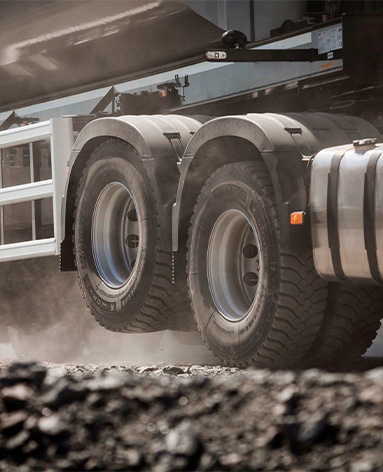Jul . 20, 2024 02:39 Back to list
Essential Guide to Heavy Truck Brake Drums Maintenance and Performance Optimization Techniques
Understanding Heavy Truck Brake Drums The Unsung Heroes of Vehicle Safety
When it comes to the safety and performance of heavy trucks, one component that often flies under the radar is the brake drum. These essential parts play a crucial role in ensuring that these massive vehicles can stop effectively, even under the most demanding conditions. Understanding the function, design, and maintenance of heavy truck brake drums is vital for fleet operators, truck drivers, and anyone involved in heavy vehicle maintenance.
What Are Brake Drums?
Brake drums are cylindrical components that form part of a drum brake system. They are mounted on the wheel hub and work in conjunction with brake shoes to create friction that slows or stops the vehicle. When the driver depresses the brake pedal, hydraulic force pushes the brake shoes against the inside surface of the brake drum, generating friction. This friction slows down the wheel, allowing the truck to come to a stop.
Importance of Brake Drums in Heavy Trucks
Heavy trucks, often weighing tens of thousands of pounds, require robust braking systems capable of handling enormous loads. Brake drums are specifically designed to withstand the high temperatures and stresses associated with large vehicles. The materials used in manufacturing these drums, typically cast iron or aluminum, are chosen for their ability to dissipate heat effectively, ensuring consistent braking performance even during prolonged use or in adverse weather conditions.
When properly maintained, brake drums contribute to the overall safety of heavy trucks. They play a key role in preventing brake fade, a condition that occurs when the braking system overheats and loses effectiveness. Regular checks and timely replacements of worn-out brake drums can significantly reduce the risk of brake failure, protecting the driver, cargo, and other road users.
Signs of Brake Drum Wear
heavy truck brake drums

Over time, brake drums can wear out due to constant friction and heat. Some common signs of brake drum wear include
1. Vibration During Braking If you feel vibrations in the brake pedal or steering wheel when braking, it may indicate that the brake drum is warped or uneven. 2. Noisy Braking Grinding, squeaking, or other unusual noises can signal that the brake shoes are worn down, causing them to make contact with the drum surface improperly. 3. Reduced Stopping Power Difficulty in stopping or a noticeable increase in stopping distance can reflect that the brake drum or its components are compromised.
Maintenance and Replacement
To ensure optimal performance, heavy truck brake drums should be regularly inspected as part of a comprehensive vehicle maintenance program. Experts recommend checking the drums for any signs of cracking, scoring, or excessive wear at least once a year or every several thousand miles, depending on usage.
When it comes to replacement, it is important to work with high-quality components that meet or exceed manufacturer specifications. Using mismatched or inferior quality drums can adversely affect the overall braking system, leading to premature failure and safety hazards.
Conclusion
Heavy truck brake drums are critical to the safety and functionality of heavy-duty vehicles. By understanding their role, recognizing signs of wear, and committing to regular maintenance, operators can help ensure that their fleets remain safe on the road. Investing in quality brake drums and adhering to proper maintenance practices will not only enhance performance but also ultimately save time and costs associated with unsafe braking conditions. Safeguarding lives on the road starts with recognizing the importance of these often-overlooked components.
-
IVEKO High-Performance Brake Drums Durable & Precision-Engineered
NewsMay.17,2025
-
Brake Drum Man High-Quality Drum Brake & Shoe Solutions
NewsMay.17,2025
-
Brake Drum Man Premium Drum Brake & Shoe Solutions OEM-Compliant
NewsMay.16,2025
-
Brake Drum Man High-Quality Drum Brake & Shoe Kits for Vehicles
NewsMay.16,2025
-
Brake Drum Man High-Quality Drum Brake Parts & Expert Solutions
NewsMay.16,2025
-
Brake Drum Man High-Quality Drum Brake & Shoe Solutions
NewsMay.15,2025
